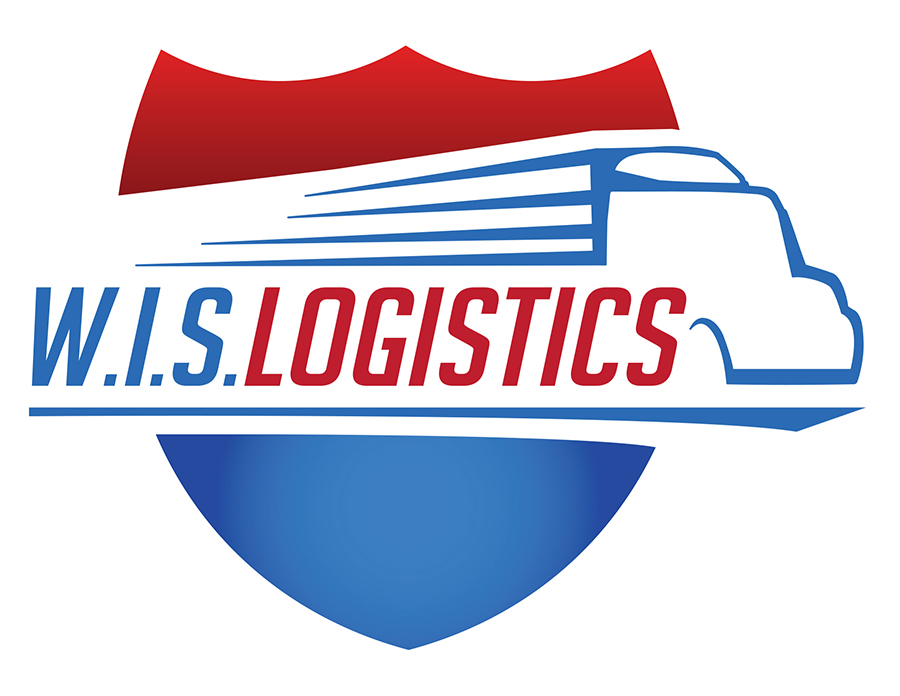Transportation management system (TMS) technology is growing rapidly in popularity. The TMS sector’s double digit growth should continue over the next near, according to ARC Advisory Group, a technology research and advisory firm.
Why? Demand in the market is what always drives innovation and collaboration. In this case, a TMS saves money.
However, this is not a world in which everything is created equal. In order for a 3PL to provide the right cloud-based technology, it has to give you what you want. And while you may know what you want, do you know how to ask for it? The following questions can help you choose the best system for your needs.
If you need:
Automated carrier selection: A TMS will give you the best carrier by showing you the cost, mode, and transit time of each shipment.
Ask:
Who dictates what options are available?
Are their options in how the information is displayed?
Does the system have the capability of various types of pricing? (pallet rates, FAKs, lineal feet etc.)
Does the system show all the modes of transportation that your company uses?
If you need:
Shipment consolidation: Consolidating shipments is one of the biggest cost savers!
Ask:
How does the system work? Does it require integration with your current ERP system?
Ask about the algorithm that is used to produce the results. While it may seem a bit daunting for those of us that aren’t math people, familiarizing yourself with the process of the algorithm will help you understand the speed and the efficiency with which the consolidations are done. The results could be big bucks!
If you need:
Freight estimate optimization and analytics: Information is power! A TMS can produce huge amounts of data in a small amount of time and can give a shipper direction in where to put the new plant, choose a new vendor, or just submit a comparative bid.
Ask:
How powerful is the analytics engine?
Is there a “what if?” option. Most TMS systems can analyze actual data, but what could be helpful is a system that creates scenarios that will show you blind spots.
If you need:
Payment processing: It only makes sense that if all your pricing information is in the system, it has the additional accounting functionality that will reconcile invoices with shipments, audit freight bills, and set up parameters for managing by exception.
Ask:
Even if your TMS has this, is it something you want to do internally?
How will this new system work with what you are currently doing?
Lastly, a very important question that encompasses all areas of the TMS: How does the communication actually take place? It seems obvious, yet it helps to fully understand the flow in order to avoid pitfalls.
How does the order go from your ERP to the cloud-based TMS? If integrating, what does that entail?
- How does it dispatch a truck, is that manual process to push through the EDI?
- Does the TMS give you fields that tell the carrier close times, dimensions, etc?
- Does the TMS allow the carrier to confirm they have received the EDI for pick-ups?
- Does the TMS receive status updates from the carrier?
- Can you alter a shipment once it’s been entered?
- Can you print a detailed quote?
- How are inbound shipments handled?
- Do you need to purchase a separate mileage system to utilize the TMS?
It’s dangerous to assume anything or to ask questions that are too general in nature. These questions can help you get to the bottom of what a TMS truly provides and what will be required of you.
